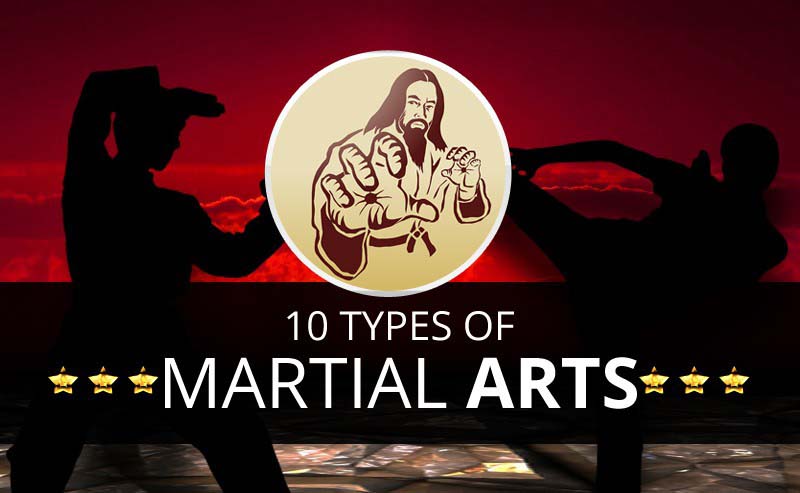Untangling The Enigma Of Multiple Fighting Style Self-Controls: An Overview To Karate, Taekwondo, And More
Untangling The Enigma Of Multiple Fighting Style Self-Controls: An Overview To Karate, Taekwondo, And More
Blog Article
Published By- https://martial-arts-for-kids-wit43221.kylieblog.com/34395130/recognizing-worry-and-empowerment-checking-out-the-psychology-of-self-defense
Are you tired of sensation bewildered by the large globe of fighting styles? With so many designs to choose from, it can be easy to get shed in a sea of strikes, kicks, and mystical names. Yet https://excellentkidsonemartialar10865.blogrelation.com/40070180/kickstart-your-journey-signing-up-with-a-martial-arts-academy-for-beginners not!
This discussion will certainly demystify the various martial arts styles, taking you on a trip from the effective strikes of Martial arts to the dynamic kicks of Taekwondo. Get ready to reveal the beginnings, strategies, and approaches behind these ancient art kinds.
So, tighten visit my web page and prepare to start an enlightening expedition right into the exciting globe of fighting styles.
Origins of Martial Arts Styles
The origins of martial arts styles can be mapped back to old worlds and their demand for self-defense and battle techniques. Throughout history, various societies created their own unique approaches of combating, each with its own set of techniques and philosophies.
In China, for example, fighting styles designs such as Kung Fu and Tai Chi were established as a way of self-defense and improving physical and psychological health.
In Japan, the samurai warriors produced styles like Karate and Judo, concentrating on technique, accuracy, and proficiency of the body.
Likewise, in Korea, Taekwondo emerged as a martial art stressing high kicks, fast activities, and psychological perseverance.
These early people laid the foundation for the varied range of martial arts designs that exist today, each with its own rich history and cultural relevance.
Methods and Educating Approaches
To master martial arts styles, practitioners need to learn different techniques and training approaches.
Strategies are the certain activities and activities used in fight, such as strikes, kicks, tosses, and obstructs. Different martial arts styles have their very own unique set of techniques that professionals should grasp with rigorous training.
Training approaches vary depending upon the style, however they generally entail a combination of physical conditioning, drills, sparring, and forms.
Physical conditioning is critical to construct toughness, versatility, and endurance. Drills help experts fine-tune their strategies and enhance their rate and precision.
Sparring allows experts to practice their strategies in a managed, reasonable setting. Types, also called kata, are cut-and-dried series of movements that aid practitioners create muscular tissue memory and emphasis.
Ideologies and Principles
Discovering the approaches and concepts of martial arts styles can provide you with a much deeper understanding of your picked technique. Each martial art has its own one-of-a-kind ideology and collection of assisting principles that form the way it's practiced.
For instance, Martial arts highlights self-control, respect, and self-constraint. It instructs experts to concentrate their minds and bodies, enabling them to protect themselves while maintaining a sense of inner peace.
On the other hand, Taekwondo puts a solid focus on speed, agility, and adaptability. Its concepts are rooted in the tenets of politeness, stability, willpower, self-constraint, and unbeatable spirit.
Conclusion
Since you've checked out the origins, techniques, and ideologies of different fighting styles styles, you have a deeper understanding of these old techniques.
Envision a young karate trainee, practicing with steady resolution and focus, appearing boards with an effective punch.
Their journey showcases the devotion and strength called for to understand a fighting style, advising us that with discipline and perseverance, anything is feasible.
